Lithium Toxicity Risk Calculator
Current Lithium Level
Enter your current lithium blood level (mmol/L)
Medications in Use
Can increase levels by 25-40%
Can increase levels by 15-30%
Can increase levels by 15-25%
Can increase levels by 10-25%
Safe Range
Your calculated level is within safe range.
Caution Required
Your calculated level is approaching the toxic range.
High Toxicity Risk
Your calculated level indicates potential toxicity.
Estimated Lithium Level: mmol/L
Why Lithium Is So Dangerous When Mixed with Common Medications
Lithium is one of the oldest and most effective treatments for bipolar disorder. But it’s also one of the trickiest. A tiny change in your blood level - just 0.3 mmol/L - can push you from safe to toxic. And two of the most common medications people take every day - diuretics and NSAIDs - can cause that dangerous shift without warning.
Most people don’t realize that a simple over-the-counter painkiller like ibuprofen or a water pill prescribed for high blood pressure can turn a stable lithium dose into a medical emergency. Lithium doesn’t break down in the body. It’s filtered out by the kidneys, and anything that messes with kidney function changes how much lithium stays in your blood. That’s why doctors monitor lithium levels so closely. But even with monitoring, these interactions catch many off guard.
How Lithium Works - and Why It’s So Sensitive
Lithium works by stabilizing mood, reducing mania, and lowering suicide risk by about 44% compared to no treatment. But its therapeutic window is razor-thin: 0.6 to 1.2 mmol/L. Levels above 1.5 mmol/L mean toxicity. At 2.0 mmol/L, symptoms get serious - tremors, confusion, nausea. At 2.5 mmol/L or higher, you’re at risk of seizures, coma, or death.
Unlike most drugs, lithium isn’t metabolized by the liver. It’s handled entirely by the kidneys. About 80% of it gets reabsorbed in the proximal tubule, the same spot where sodium is reabsorbed. That’s the key. Anything that changes sodium handling in the kidneys changes lithium levels. Diuretics and NSAIDs both do this - but in different ways.
Thiazide Diuretics: The Biggest Threat
Thiazide diuretics like hydrochlorothiazide and bendroflumethiazide are the most dangerous when taken with lithium. They reduce sodium in the blood, so the kidneys hold onto more sodium - and lithium - to compensate. This causes lithium levels to spike by 25% to 40%, sometimes even fourfold.
Studies show that 75% to 85% of patients on thiazides and lithium will see their lithium levels rise into the toxic range within days. A 72-year-old woman in New Zealand died after starting an NSAID and a thiazide together. Her lithium level jumped from 0.8 to 1.9 mmol/L in just a week. She had mild kidney problems already - a hidden risk factor.
Doctors are told to avoid thiazides entirely in lithium patients. If someone needs a diuretic, furosemide (a loop diuretic) is preferred. It raises lithium levels too, but only by 10% to 25%, and only in people with already impaired kidneys. Still, even furosemide requires close monitoring.
NSAIDs: The Silent Killer You Might Be Taking
NSAIDs - ibuprofen, naproxen, indomethacin - are everywhere. They’re in Advil, Aleve, and prescription pills. People take them for headaches, arthritis, menstrual cramps. But they’re one of the top causes of lithium toxicity.
NSAIDs block prostaglandins in the kidneys. This reduces blood flow to the kidneys by 10% to 20%, which lowers the rate at which lithium is filtered out. The result? Lithium builds up. Ibuprofen raises levels by 15% to 30%. Indomethacin? Up to 40%. Piroxicam and naproxen are also high-risk. Celecoxib is the safest NSAID option - it only raises levels by 5% to 10%.
One case report described a patient who took 600 mg of ibuprofen three times a day for back pain. His lithium level hit 2.8 mmol/L - severe toxicity. He needed hemodialysis because lithium doesn’t just stay in the blood. It seeps into brain and muscle cells. Even when blood levels drop, lithium lingers inside cells and can cause delayed collapse.
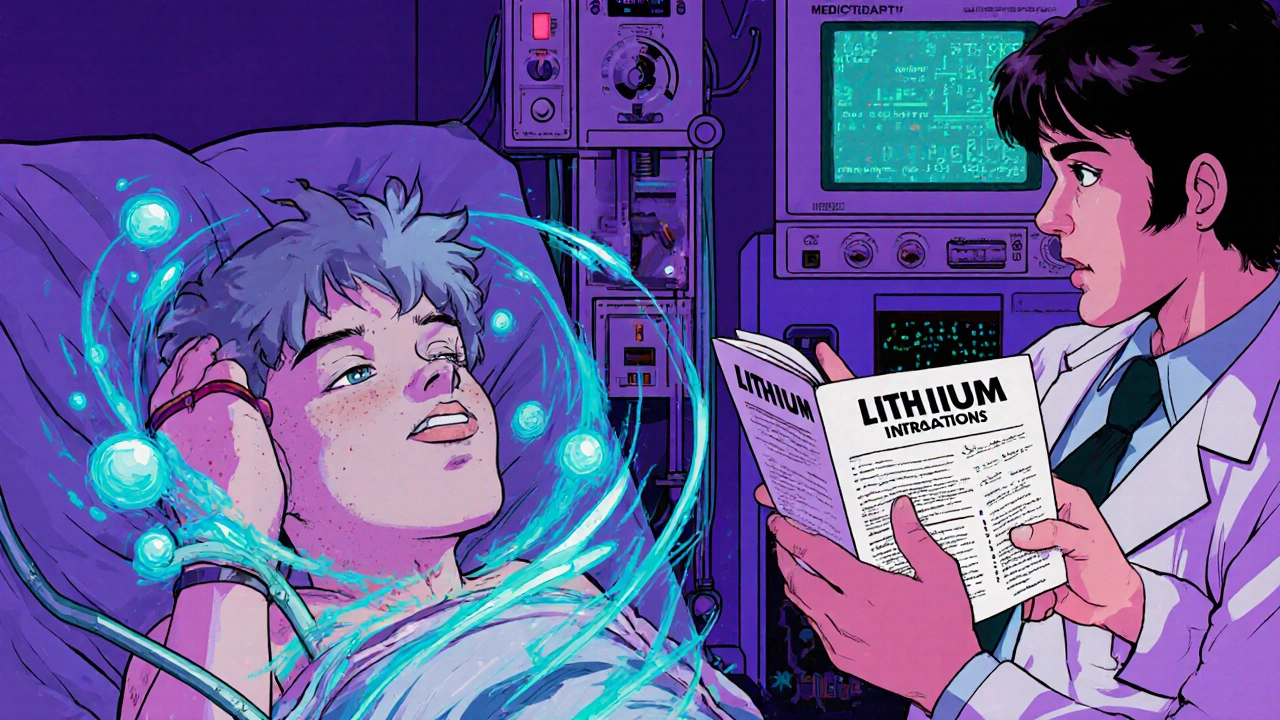
Other Medications That Can Raise Lithium Levels
It’s not just diuretics and NSAIDs. ACE inhibitors like lisinopril and ARBs like valsartan can raise lithium levels by 15% to 25%. Calcium channel blockers like verapamil don’t change lithium levels much, but they can worsen side effects like tremors and ringing in the ears.
Even some antidepressants - especially SSRIs like fluoxetine - can interfere. The NHS warns that herbal supplements and over-the-counter remedies are a black box. No one knows how they interact with lithium. That’s why you must tell every doctor and pharmacist you’re on lithium before taking anything new.
What You Should Do If You’re on Lithium
- Never start a new medication without talking to your psychiatrist or pharmacist. This includes painkillers, cold medicine, and supplements.
- Get your lithium level checked 4 to 5 days after starting any new drug. This is non-negotiable. Waiting a week is too late.
- If you’re on a diuretic, ask if furosemide is an option. Avoid thiazides like hydrochlorothiazide entirely.
- If you need pain relief, use acetaminophen (Tylenol) instead of NSAIDs. It doesn’t affect lithium.
- Stay hydrated and don’t go on low-sodium diets. Low salt intake makes lithium reabsorption worse.
- Know the signs of toxicity: shaky hands, confusion, nausea, vomiting, dizziness, slurred speech, or seizures. Call 911 or go to the ER immediately.
Monitoring and Dose Adjustments
When you start a new drug that interacts with lithium, your doctor should:
- Check your lithium level before starting the new drug (baseline).
- Check again in 4 to 5 days.
- Check weekly for the first month.
- Reduce your lithium dose by 15% to 25% if you’re on a thiazide, or 10% to 20% if you’re on an NSAID.
Some patients need their lithium dose cut in half when starting a thiazide. But you can’t guess - you need a blood test. Relying on symptoms alone is dangerous. You might feel fine while your lithium level climbs.

New Tools and Future Hope
In 2023, the FDA approved a home lithium monitoring device called LithoLink™. It lets patients test their own levels with a finger-prick and send results to their doctor. This could fix one of the biggest problems: people forget to get blood drawn.
Researchers are also testing a new form of lithium - nano-encapsulated citrate - that doesn’t rely as much on kidney filtration. Early trials show it stays more stable even when taken with ibuprofen. That could be a game-changer.
Genetic testing is starting to show promise too. Some people have a gene variant (CYP2D6 poor metabolizer) that makes them 20% to 30% more sensitive to NSAID interactions. In the future, doctors may test for this before prescribing lithium.
The Bottom Line
Lithium saves lives. But it demands respect. It’s not a drug you can take and forget about. If you’re on lithium, you’re part of a small group of patients who need extra vigilance. Diuretics and NSAIDs are two of the most common triggers for lithium toxicity - and both are often taken without a doctor’s knowledge.
Don’t assume your pharmacist or doctor knows you’re on lithium. Tell them. Always. Keep a list of all your medications. Check your levels regularly. And if you feel off - even slightly - get tested. Lithium toxicity doesn’t wait. It doesn’t warn you. It just happens.
What to Do If You Think You’re Experiencing Lithium Toxicity
If you have tremors, confusion, nausea, or dizziness and you’re on lithium:
- Stop taking all NSAIDs and diuretics immediately.
- Drink water - but don’t overdo it.
- Call your psychiatrist or go to the emergency room.
- Bring your medication list.
- Don’t wait for symptoms to get worse.
Can I take ibuprofen if I’m on lithium?
It’s not recommended. Ibuprofen can raise lithium levels by 15% to 30%, which can push you into the toxic range. If you need pain relief, use acetaminophen (Tylenol) instead. If you must take ibuprofen, get your lithium level checked within 4 to 5 days and only use the lowest dose for the shortest time possible.
Are all diuretics dangerous with lithium?
No. Thiazide diuretics like hydrochlorothiazide are the most dangerous - they can cause lithium levels to spike by 40% or more. Loop diuretics like furosemide are less risky, but still require monitoring. If you need a diuretic, ask your doctor about furosemide as a safer alternative.
How often should lithium levels be checked?
In stable patients, every 3 to 6 months is typical. But anytime you start, stop, or change a medication that interacts with lithium - like diuretics, NSAIDs, or ACE inhibitors - you need a blood test within 4 to 5 days. Weekly checks for the first month are standard.
Can lithium toxicity be reversed?
Yes, but it depends on severity. Mild cases (levels 1.5-2.0 mmol/L) often improve with stopping the interacting drug and hydration. Moderate to severe cases (above 2.0 mmol/L) may require hospitalization. Levels above 2.5 mmol/L often need hemodialysis because lithium gets trapped in tissues and won’t clear quickly on its own.
Is there a safer NSAID for people on lithium?
Yes. Celecoxib (Celebrex) has the weakest interaction, raising lithium levels by only 5% to 10%. It’s the preferred NSAID if you absolutely need one. But even celecoxib requires monitoring. Acetaminophen is still the safest choice for pain relief.
Why do some people get lithium toxicity and others don’t?
It’s not random. Risk factors include age over 65, kidney problems (eGFR below 60), dehydration, low sodium intake, and taking multiple interacting drugs. Genetics also play a role - some people metabolize lithium slower. That’s why personalized monitoring is key. One person might tolerate ibuprofen fine; another might crash with the same dose.
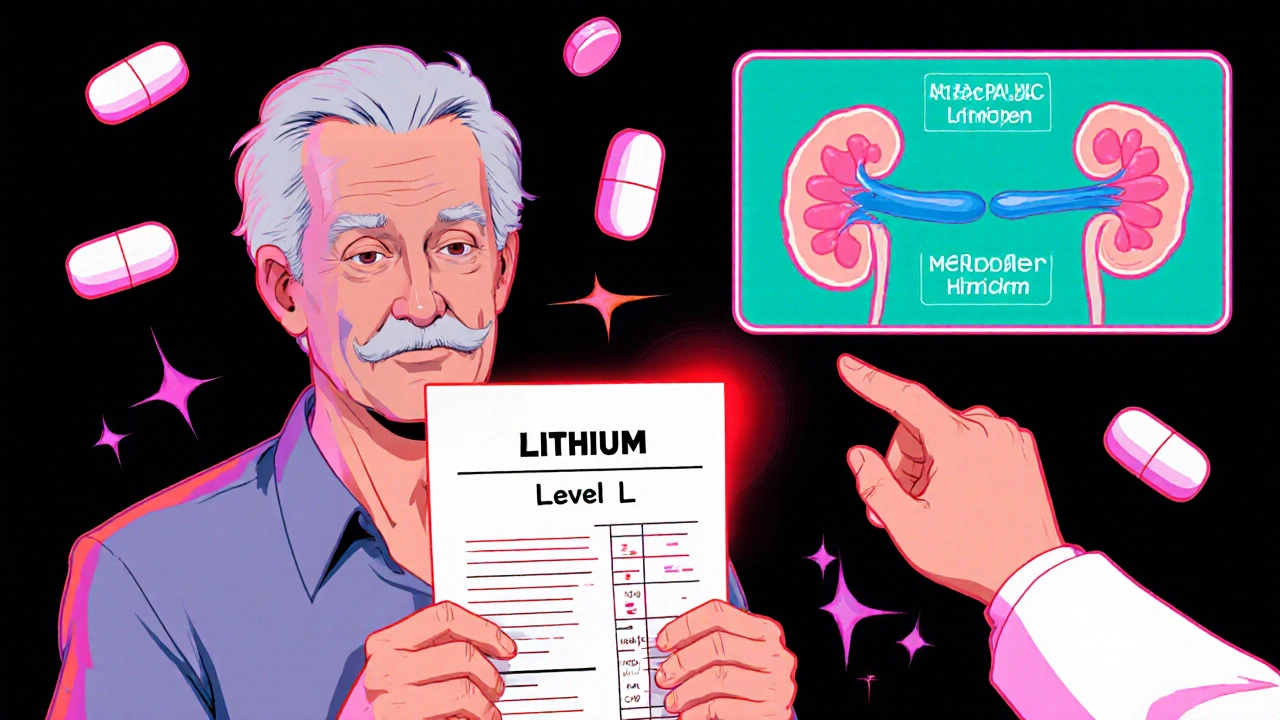


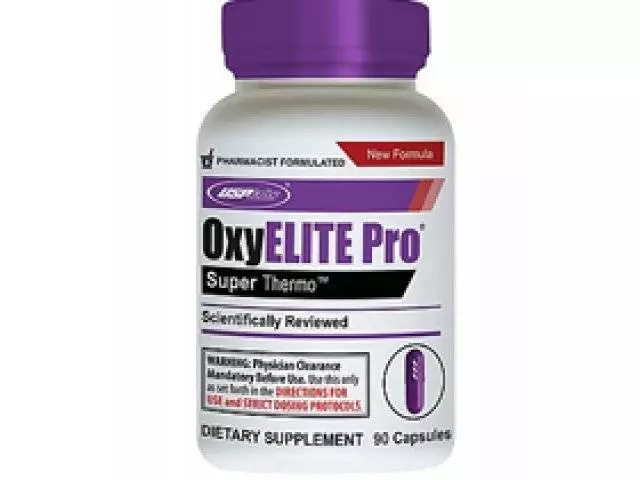



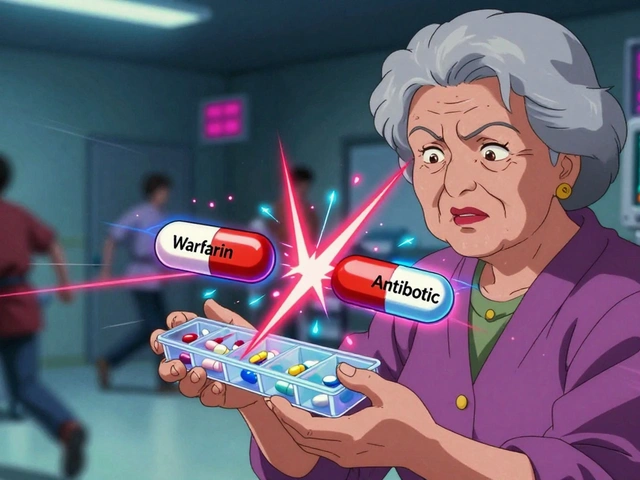
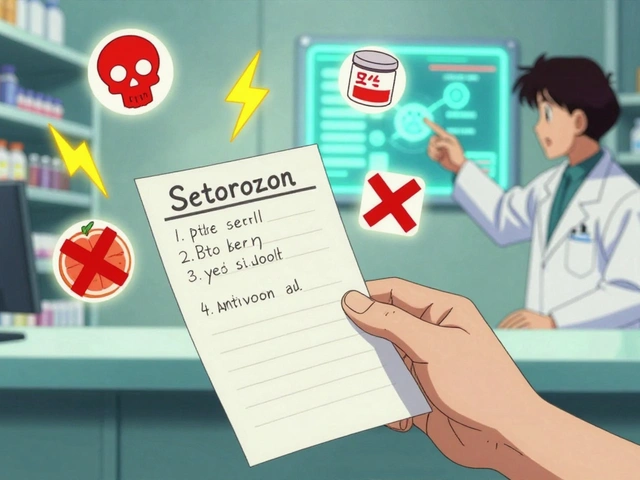
11 Comments
Neoma Geoghegan
Nov 25 2025Lithium levels are no joke. One ibuprofen and you're in the red. Test before you take anything. Period.
Bartholemy Tuite
Nov 26 2025Man I remember when my cousin was on lithium and she popped some naproxen for her period cramps. Thought she was just tired. Turns out she was at 2.1 mmol/L and ended up in the ER for 3 days. Doc said if she'd waited another 12 hours she might've had seizures. Don't be that person. Always ask. Even if it's just a headache. Seriously. Your brain's not worth the risk.
Sam Jepsen
Nov 27 2025This is why I always carry a lithium alert card in my wallet. Got mine engraved after my last blood test went sideways. If you're on lithium, you're not just a patient-you're a data point in a high-stakes equation. Stay sharp, stay informed, and never assume your pharmacist knows your full med list. I've seen too many people get caught off guard.
Yvonne Franklin
Nov 27 2025Celecoxib is your friend if you must use NSAIDs. But honestly just stick with Tylenol. It's cheap, it's safe, and it doesn't turn your kidneys into lithium sponges. Also hydration is non-negotiable. I drink water like it's my job.
Miruna Alexandru
Nov 28 2025The real tragedy isn't the toxicity-it's the systemic failure. Patients are left to navigate this minefield alone. Doctors don't educate. Pharmacists don't flag. The system assumes you're competent when you're already drowning in mental illness. Lithium isn't the problem. The lack of coordinated care is. And until we treat psychiatric meds like the high-risk tools they are, people will keep dying quietly.
Robin Johnson
Nov 30 2025I've been on lithium for 12 years. Never had an issue until I started taking lisinopril for BP. My level jumped from 0.9 to 1.8 in 5 days. No symptoms. Just a routine blood test saved me. If you're on lithium, get tested after every med change-even if you feel fine. You won't feel it until it's too late.
Latonya Elarms-Radford
Dec 1 2025I think about lithium toxicity like a silent ballet. The kidneys, the sodium, the prostaglandins-all dancing in perfect, invisible harmony until some fool pops an Advil and the whole thing collapses into a tragic aria of tremors and confusion. We treat mental illness like a footnote in medical education. But lithium? It's a scalpel. A beautiful, lethal scalpel. And we hand it to people and say 'be careful' like that's enough. It's not. We need better systems. We need better empathy. We need to stop treating psychiatric patients like they're just... broken.
Ravi Kumar Gupta
Dec 3 2025In India, most people don't even know what lithium is. My cousin took ibuprofen for 3 weeks with lithium and didn't know it was dangerous. She ended up in a rural hospital with no dialysis machine. They had to transfer her 400km away. This isn't just a Western problem. We need global awareness. Not just for the rich who can afford labs. For everyone.
Rahul Kanakarajan
Dec 4 2025Why do people even take NSAIDs? You think your headache is that bad? Just breathe. Drink water. Lie down. You don't need chemicals to feel human. Lithium already makes you vulnerable. Why add more poison to the mix? You're not sick because of your mind-you're sick because you're lazy. Take responsibility.
New Yorkers
Dec 4 2025I live in NYC. Half the people I know are on lithium. And every single one of them thinks 'I'm fine' until they're not. We got a guy on my block who took Motrin for his back and ended up in Bellevue. He didn't even know his doctor had prescribed him a diuretic. No one talks. No one listens. This city runs on pills and silence. And lithium? It's the silent killer we pretend doesn't exist.
David Cunningham
Dec 5 2025LithoLink™ is a game changer. I got mine last month. Finger prick, app sends it to my doc, I get a text in 20 mins. No more driving 45 mins to the lab just to wait an hour. Finally, someone got it. This tech should be standard. Not a luxury.